Your tires are the unsung heroes of every journey, silently gripping the road and cushioning your ride through rain, shine, and countless miles. Yet, like all hardworking companions, they don’t last forever. Recognizing when your tires are nearing the end of their life can be the difference between a smooth drive and a dangerous skid. In this article, we’ll explore the subtle—and not-so-subtle—signs that it’s time to swap out your tires, helping you stay safe and confident on the road ahead.
Table of Contents
- Recognizing Worn Tread Patterns and Their Impact on Safety
- Understanding Sidewall Damage and When to Act
- The Importance of Tire Age Beyond Visible Wear
- How Unusual Vibrations Signal Internal Tire Issues
- Identifying Uneven Tire Wear and Its Causes
- Choosing the Right Tires for Optimal Performance and Longevity
- Q&A
- Final Thoughts
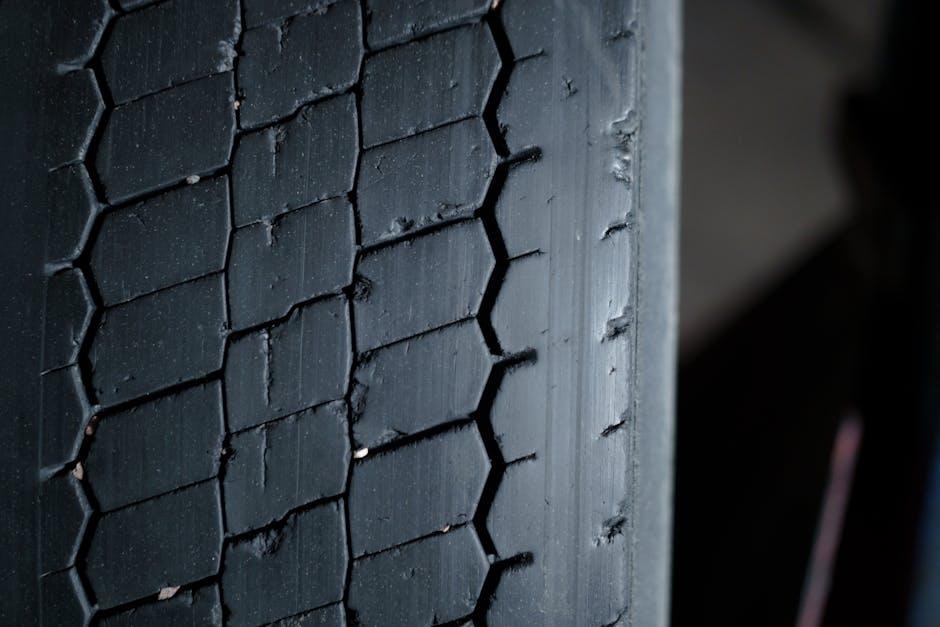
Recognizing Worn Tread Patterns and Their Impact on Safety
Understanding the wear on your tire tread is crucial for maintaining optimal vehicle safety. Worn tread patterns reduce traction, especially on wet or icy roads, increasing the risk of hydroplaning and loss of control. Common tread wear indicators include uneven wear, such as more wear on one side of the tire, or bald spots where the tread is completely smooth. These signs often point to alignment issues, improper inflation, or suspension problems that should be addressed immediately to prevent accidents.
Regularly inspecting your tires for specific wear patterns can help you recognize potential hazards before they become dangerous. Here are some common patterns and their meanings:
- Center Wear: Overinflation causing tread wear down the middle.
- Edge Wear: Underinflation leading to excessive wear on both edges.
- Cupping or Scalloping: Suspension problems causing uneven bumps in the tread.
- Feathering: Alignment issues causing edges of tread blocks to wear unevenly.
| Wear Pattern | Possible Cause | Safety Impact |
|---|---|---|
| Center Wear | Overinflation | Reduced grip, poor braking |
| Edge Wear | Underinflation | Increased tire damage risk |
| Cupping | Suspension issues | Unstable ride, vibration |
| Feathering | Misalignment | Poor handling control |
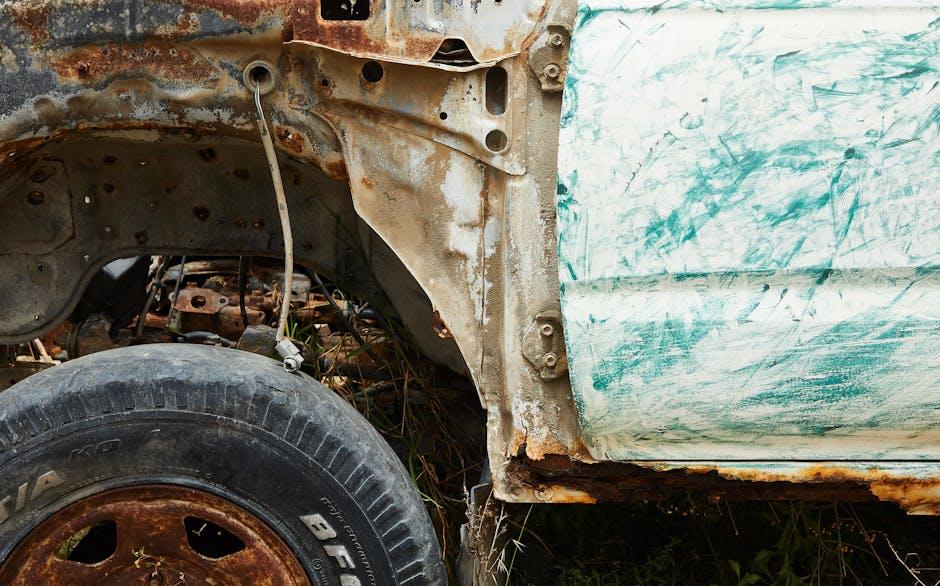
Understanding Sidewall Damage and When to Act
Sidewall damage is one of the most critical yet often overlooked signs that your tires might need immediate attention. The sidewall is the flexible area between the tread and the rim, and even minor damage here can compromise the tire’s structural integrity. Look for bulges, cracks, cuts, or abrasions—even small ones—as these can indicate weakened areas prone to failure. Driving with a damaged sidewall can lead to sudden tire blowouts, putting you and other drivers at serious risk.
When assessing sidewall damage, consider these factors to decide when to act:
- Depth and size: Small superficial cracks may be less urgent, but deep cuts or large bulges require immediate replacement.
- Location: Damage closer to the bead (where the tire seals to the rim) or larger sidewall areas is more dangerous.
- Age of tire: Older tires with sidewall issues should be replaced without hesitation.
| Damage Type | Risk Level | Recommended Action |
|---|---|---|
| Minor superficial cracking | Low | Monitor regularly |
| Deep cuts or gashes | High | Replace immediately |
| Bulges or bubbles | Critical | Stop driving and replace |
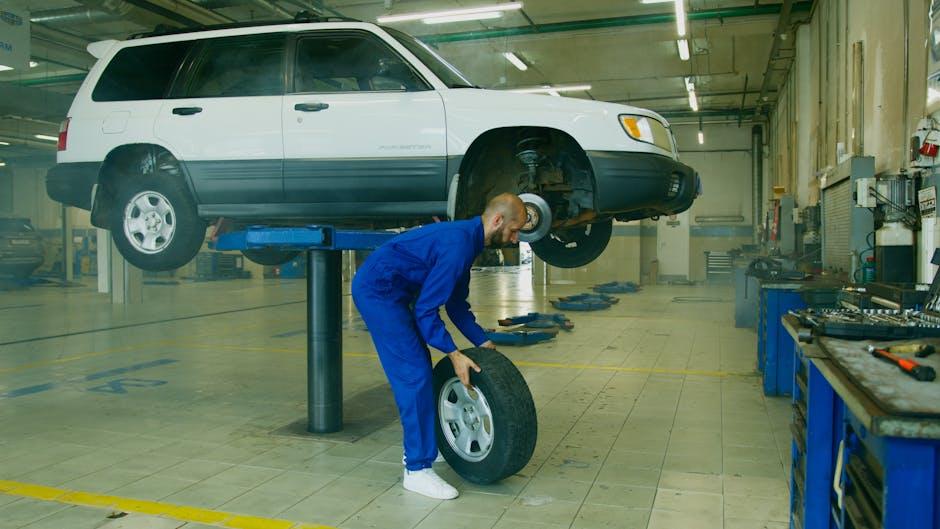
The Importance of Tire Age Beyond Visible Wear
Many drivers focus solely on tread depth when assessing tire health, but the age of your tires plays an equally critical role that often goes unnoticed. Over time, the rubber compounds in tires degrade due to exposure to environmental factors such as heat, sunlight, and ozone. This natural aging process can cause the tire to become brittle and less flexible, increasing the risk of sudden blowouts—even if the tire appears to have sufficient tread remaining.
It’s recommended to regularly check the manufacturing date stamped on the tire’s sidewall, typically in the DOT code, which reveals the week and year of production. Most manufacturers advise replacing tires every 6 to 10 years regardless of visible wear. Consider these key points:
- Rubber Hardening: Reduced grip and increased stopping distances on wet roads.
- Cracking: Small cracks in the sidewall signal internal tire breakdown.
- Reduced Structural Integrity: Greater susceptibility to punctures and blowouts.
| Age of Tire | Recommended Action |
|---|---|
| 0-5 years | Regular inspection and rotation |
| 6-10 years | Consider replacement regardless of condition |
| 10+ years | Immediate replacement recommended |

How Unusual Vibrations Signal Internal Tire Issues
When your steering wheel or vehicle begins to shake unexpectedly, it’s often more than just a surface-level annoyance. Such unusual vibrations typically indicate underlying problems within the tires, hinting at internal damage that is not visible to the naked eye. These disturbances often stem from issues like tire separation, uneven wear, or a compromised tire belt, all of which suggest the tire’s structural integrity is failing. Ignoring these subtle nudge signals can escalate into sudden tire failure, risking your safety on the road.
Pay attention to these signs that might accompany the vibrations:
- Localized bumps or bulges along the tire sidewall
- Rapid or uneven tread wear that worsens over short distances
- Noticeable wobbling at certain speeds or when braking
Regularly inspecting your tires for such anomalies and getting professional assessments can help catch hidden tire faults early, ensuring you maintain smooth and safe driving experiences.
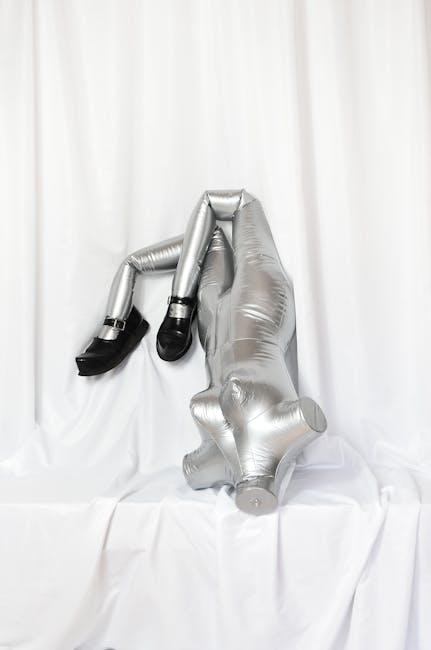
Identifying Uneven Tire Wear and Its Causes
Uneven tire wear is often the silent signal that your vehicle’s alignment or suspension is off balance. Look closely for these common patterns: inner or outer edge wear usually points to misalignment, while center tread wear often means over-inflation. Conversely, wear on both edges can indicate under-inflation. Don’t overlook patchy or cupped wear, which may suggest issues with shock absorbers or wheel balance. These irregular patterns not only shorten your tire’s lifespan but can compromise your safety by affecting traction and handling.
- Misaligned Wheels: Skewed tires wear down unevenly and strain your vehicle.
- Incorrect Inflation: Both over and under-inflation accelerate wear on specific tread areas.
- Worn Suspension Parts: Affect tire contact, causing irregular wear spots.
- Improper Tire Rotation: Skips that distribute wear evenly across all tires.
| Wear Pattern | Likely Cause | Effect on Tire |
|---|---|---|
| Inner Edge | Camber Misalignment | Faster side wear, reduced tread life |
| Center Tread | Over-Inflation | Harder center, less grip |
| Edge Tread | Under-Inflation | Soft edges, risk of blowouts |
| Cupping | Worn Shocks | Uneven vibration, noise |
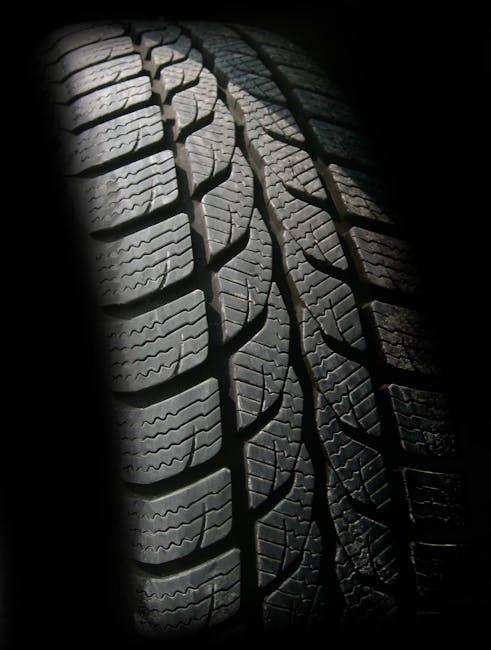
Choosing the Right Tires for Optimal Performance and Longevity
Selecting the perfect tires for your vehicle is an art that blends science with practicality. You want tires that not only deliver exceptional traction and handling but also ensure a longer lifespan, saving you money in the long run. Consider factors such as tire composition, tread pattern, and driving conditions. For instance, softer compounds may offer superior grip but wear out faster, while harder compounds sacrifice performance for durability. Additionally, all-season tires provide versatility across diverse weather conditions but may not excel in extreme environments compared to specialized summer or winter tires.
When prioritizing longevity, don’t overlook the importance of seasonal compatibility and proper tire maintenance. A balanced choice often involves examining treadwear ratings and manufacturer warranties, which provide a glimpse into how well tires stand up to miles and wear. Below is a quick comparison to help guide your decision:
| Type | Performance | Longevity | Best Use |
|---|---|---|---|
| All-Season | Moderate | High | Daily driving, mixed weather |
| Summer | High | Moderate | Dry, warm conditions |
| Winter | Moderate | Moderate | Snow, ice, cold temperatures |
| Performance | Very High | Low | Sporty, aggressive driving |
- Match tires to your driving habits; aggressive drivers may benefit from performance tires, while casual drivers might opt for all-season options.
- Regularly check tire pressure and alignment; these steps greatly extend tire life and maintain optimal performance.
- Rotate your tires according to manufacturer recommendations; it promotes even tread wear for longer tire health.
Q&A
Q: How can I tell if my tires are past their prime and need replacing?
A: Think of your tires as the shoes of your car—when they’re worn out, the ride gets uncomfortable and unsafe. Key signs include visible tread wear, frequent slipping on wet roads, or the infamous “bald spot” look where tread grooves disappear.
Q: What exactly is tire tread, and why does it matter?
A: Tire tread is the patterned rubber surface that grips the road. It channels water away and maintains traction. When tread depth falls below 2/32 of an inch (about 1.6 millimeters), your tires can’t perform properly, especially in rain or snow.
Q: Can I check tread wear myself, or do I need a mechanic?
A: You can definitely do a quick check at home! Use a penny test: stick a penny into the tread with Lincoln’s head upside down. If you can see the top of his head, the tread’s too shallow, signaling it’s time for new tires.
Q: Besides tread wear, are there any other warning signs?
A: Absolutely. Look out for cracks on tire sidewalls, bulges or blisters, uneven wear patterns, or frequent air pressure loss. These could mean structural damage or alignment issues, both of which compromise safety.
Q: How do uneven wear patterns indicate a problem?
A: Uneven wear can tell a story—misaligned wheels, unbalanced tires, or suspension troubles. For example, more wear on one edge may suggest your car’s alignment is off, causing your tires to wear faster and unevenly.
Q: Is age a factor even if my tires look fine?
A: Yes, definitely. Rubber degrades over time, even without significant wear. Most manufacturers recommend replacing tires every six to ten years, regardless of tread depth, because aged tires can crack and fail unexpectedly.
Q: Why should I replace tires promptly once I spot these signs?
A: Tires are your car’s only contact with the road. Worn or damaged tires reduce traction, increase braking distances, and raise the risk of blowouts. Replacing them keeps you safer, improves fuel efficiency, and ensures a smoother ride.
Q: Can I just replace one or two tires, or should I replace all four?
A: Ideally, replace all four to maintain balanced handling and traction. If budget or circumstances limit you to one or two, put the new tires on the rear axle to reduce the risk of oversteer and maintain stability.
Q: How often should I inspect my tires?
A: Make checking your tires a monthly habit and before long trips. Routine inspections help catch problems early, extend tire life, and keep your driving experience safe and smooth.
Q: Any final advice for keeping tires in good shape?
A: Keep tires properly inflated, rotate them every 5,000 to 8,000 miles, and avoid potholes or rough roads when possible. Regular care delays wear and alerts you to signs that a replacement is just around the corner.
Final Thoughts
Ultimately, your tires are the vital connection between your vehicle and the road, quietly bearing the weight of every journey. Recognizing the signs they need replacing isn’t just about preserving performance—it’s about safeguarding your safety and peace of mind. Keep an eye on tread depth, listen for unusual noises, watch for cracks or bulges, and don’t ignore vibrations. When your tires speak, it’s time to listen. Because a smooth ride begins with tires in top shape, ensuring every mile ahead is one you can trust.

